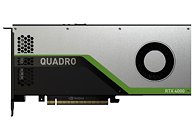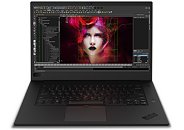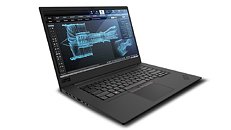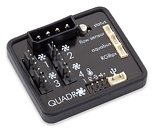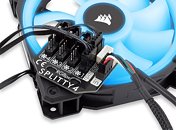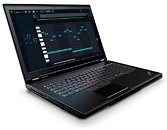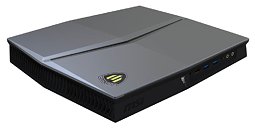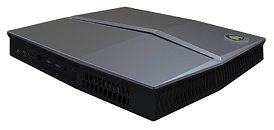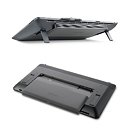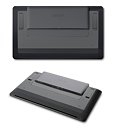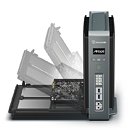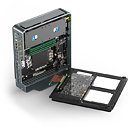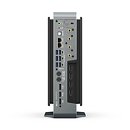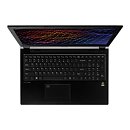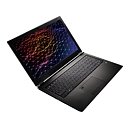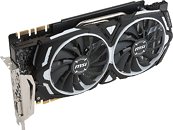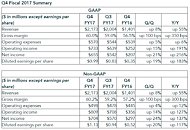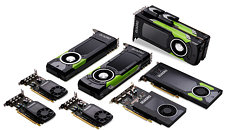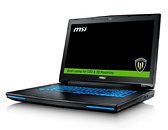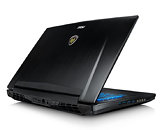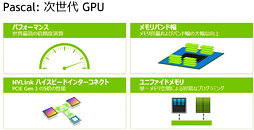
NVIDIA Announces Quadro RTX 4000 Graphics Card
NVIDIA today introduced the Quadro RTX 4000 graphics card - the company's first midrange professional GPU powered by the NVIDIA Turing architecture and the NVIDIA RTX platform. Unveiled at the annual Autodesk University Conference in Las Vegas, the Quadro RTX 4000 puts real-time ray tracing within reach of a wider range of developers, designers and artists worldwide.
Professionals from the manufacturing, architecture, engineering and media creation industries witnessed a seismic shift in computer graphics with the launch of Turing in August. The field's greatest leap since the invention of the CUDA GPU in 2006, Turing features new RT Cores to accelerate ray tracing and next-gen Tensor Cores for AI inferencing which, together for the first time, make real-time ray tracing possible.
Professionals from the manufacturing, architecture, engineering and media creation industries witnessed a seismic shift in computer graphics with the launch of Turing in August. The field's greatest leap since the invention of the CUDA GPU in 2006, Turing features new RT Cores to accelerate ray tracing and next-gen Tensor Cores for AI inferencing which, together for the first time, make real-time ray tracing possible.
